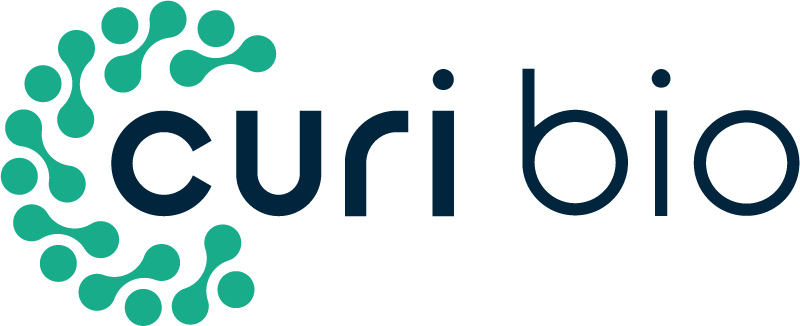Matrix Topography Regulates Synaptic Transmission at the Neuromuscular Junction
Eunkyung Ko, Seung Jung Yu, Gelson J. Pagan-Diaz, Ziad Mahmassani, Marni D. Boppart, Sung Gap Im, Rashid Bashir, and Hyunjoon Kong
Hyunjoon Kong, University of Illinois at Urbana–Champaign
Abstract: Recreation of a muscle that can be controlled by the nervous system would provide a major breakthrough for treatments of injury and diseases. However, the underlying basis of how neuron–muscle interfaces are formed is still not understood sufficiently. Here, it is hypothesized that substrate topography regulates neural innervation and synaptic transmission by mediating the cross‐talk between neurons and muscles. This hypothesis is examined by differentiating neural stem cells on the myotubes, formed on the substrate with controlled groove width. The substrate with the groove width of 1600 nm, a similar size to the myofibril diameter, serves to produce larger and aligned myotubes than the flat substrate. The myotubes formed on the grooved substrate display increases in the acetylcholine receptor expression. Reciprocally, motor neuron progenitor cells differentiated from neural stem cells innervate the larger and aligned myotubes more actively than randomly oriented myotubes. As a consequence, mature and aligned myotubes respond to glutamate (i.e., an excitatory neurotransmitter) and curare (i.e., a neuromuscular antagonist) more rapidly and homogeneously than randomly oriented myotubes. The results of this study will be broadly useful for improving the quality of engineered muscle used in a series of applications including drug screening, regeneration therapies, and biological machinery assembly.
Materials & Methods: Refer to paper.
Cell Types: Neuromuscular Junctions, Skeletal Muscle Cells, Neurons

